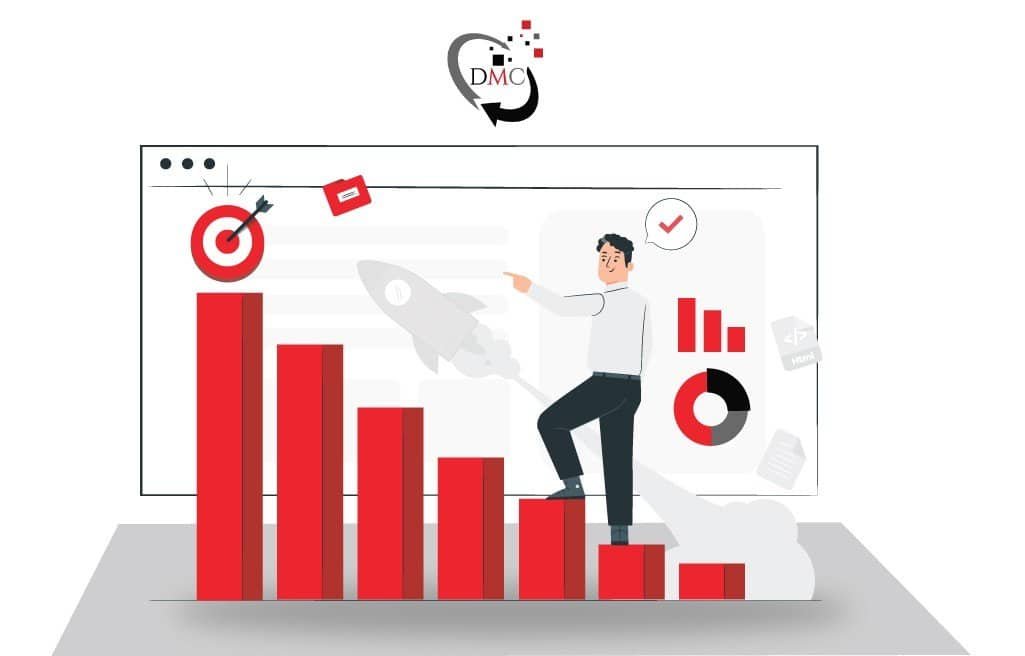Hi there. So you’re getting people through the door—that’s great! But what are you doing to turn your traffic into gold? No, I’m not just talking about getting more eyes on your website; I’m talking about getting those eyes involved, convincing them, and converting them into customers, if you’re up for it, of course. Let’s dip our toes in the deep.
Mastering the Art of A/B Testing & Traffic
When it comes to Traffic, A/B testing has been done before, but IRL there’s a depth to what you can do—an opportunity for nuance—that most don’t take advantage of. Let’s dig a little deeper.
Crafting Effective A/B Tests
You need to come at A/B testing like a general, selecting the elements over which to test as a direct attack on conversion. Test calls to action (CTA), different variants of headline, and alternative landing page layouts. Offerings such as Optimizely and VWO provide rich infrastructures to run A/B tests and clearly show nuanced analytics on how each available variation contributes towards that goal.
Analyzing A/B Test Results
And then there’s data interpretation: it’s not a question of which version prevails. It’s about why it prevailed. Leverage analytics to dive deeper into any observed behavioural changes between test versions and compare deeper metrics, such as engagement time and bounce rate, for each version within the existing platform analytics, such as Google Analytics (which indicates not only conversion rates but also each version’s engagement time and bounce rate).

Enhancing User Experience (UX) for Higher Conversions
User experience is the foundational element of conversion optimisation. By getting this right, attaining more conversions becomes much easier.
Streamlining Navigation
Make sure your site’s navigation makes sense in terms of traffic. The Nielsen Norman Group is among those who conduct studies on what makes for intuitive, usable, and integrateable site map designs, which can help keep more traffic and visitors on your site, decreasing your bounce rate and increasing the odds of conversion for those who do stay.
Optimizing Page Speed
Not only is coding for speed customer-friendly, it’s a keystone in your conversion puzzle. Kissmetrics asserts that a one-second delay in page response can result in a 7% drop-off in conversions. There are plenty of tools, such as Google’s PageSpeed Insights, for analysing your site speed and showing exactly where you can be improved.
Utilizing Advanced Segmentation for Personalized Marketing
Segmentation means you can tailor your marketing activities towards different groups of people in your audience. This increases the efficiency of whatever strategies you use.
Developing Buyer Personas
Create detailed buyer personas using the data on your users to further refine your targeting; you can go to HubSpot for guides that will help you segment your audience and prepare your personas for your personalised marketing.
Behavioral Targeting
Behavioral data is an excellent way to segment your audience in order to boost conversion rates. Adobe Marketing Cloud has good advanced segmentation features, for instance, that allow you to retarget users who have visited specific pages, viewed specific products, or bought certain goods in the past.

Leveraging Psychological Triggers in Copywriting
Persuades, motivates and, ultimately, converts.
Psychological triggers are powerful devices that, when properly understood and deployed in your copy, can indeed be the difference between achieving your goals and missing them completely.
Using Scarcity and Urgency
The inclusion of scarcity (timed offer) and urgency (act now) can increase conversion rates. In the book Influence, he discusses Cialdini’s Operating Principles of Persuasion.
Emphasizing Benefits Over Features
Focus on how your product or service makes lives better One way to improve conversions is to write about the benefits and how they are delivered by the features of your product or service rather than simply listing only the features, according to the Copyblogger blog.
Conclusion
All right, so you’ve got yourself a virtual masterclass of cutting-edge techniques at your disposal, and you’re going to use them in the quest to maximise your site’s conversion potential once and for all. Here’s the kicker: conversion optimisation is not a spectator sport. It’s about cyclical testing, learning and adapting. Digital is a fast-evolving world, and your approaches have got to keep evolving with it.
Is it not encouraged to take this further into digital marketing strategy? Additional reading on our posts on unique SEO tactics and email marketing strategies will deliver the complete game plan for your success in the realm of revenue generation from traffic. Dive deep, deliver, and watch those conversions gush to the surface in hordes!
FAQs
Q: How often should I be running A/B tests?
A: A/B testing is an iterative process. In the perfect world, you’d never stop A/B testing — you’d always want at least one on the site so you’re always working to improve your conversions. It’s important, though, that each test runs for long enough to achieve statistically reliable information — which is usually a few weeks, at least — so carry out a bit of research before you decide to pull the plug.
Q: What are some of the psychological triggers used in marketing?
A: Some of the psychological triggers used are scarcity or urgency, social proof, authority, and liking. This includes making a shopper feel it would be a good deal when a product has limited supply or is only being offered for a short period of time. Similarly, a customer may be persuaded to believe in recommending certain products because someone else they know has also done so. Consumers may also consider products more useful when they believe other people see them as such.
Q: Do you think personalisation of marketing has gone too far? Elaborate.
A: Yes, while personalisation can improve engagement to such a level and improve conversion rates I have not seen before, it can be a privacy nightmare and come across as very invasive to the user as well. There is definitely a balance to strike between personalisation and general user experience. In any case, privacy should be a paramount concern and users should have control over their data and can simply easily opt out of the experience (and its overpersonalization, if so desired).

